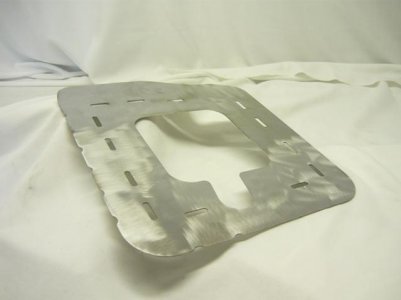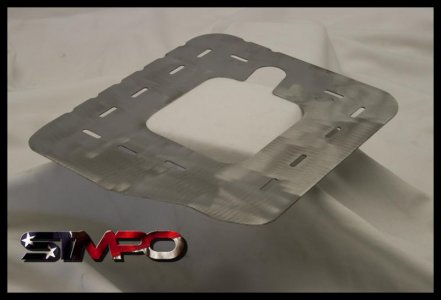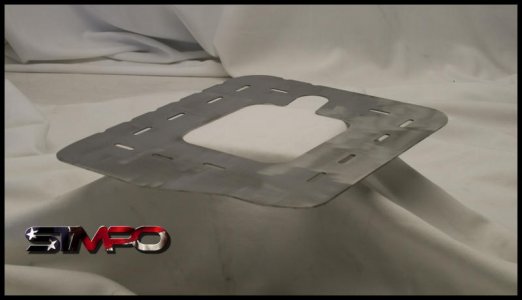If you are soley relying on an oil pan baffle to prevent oil starvation in your race prepped NSX, as this comment seems to suggest, that would be very


Of course, which is why we weren't. Increasing the volume of the pan/sump itself as well as an accusump AID the performance of the baffle, and we hand both in said situation.
The
larger volume sump has more oil than stock and thus more oil will be in the sump at the pickup for the same amount of oil that sloshes away and up into the cavity of that 'step'. Having a larger sump prolonged the time it takes to starve for oil.
Once the pickup starves for oil and drops engine oil pressure, the
accusump with it's X amount (usually 3quarts) of oil discharges with it's 60-80ish PSI and gives the motor AN EXTRA FEW SECONDS of oil and pressure before running out and leading to the inevitable.
Thus the increase in volume
delayed the onset of oil starvation, and the accusump allowed for a few more precious seconds of safety before our motor starved of oil and blew up. Despite a larger volume of oil, it appears the SOS baffle's inefficient design allowed oil to pass by the baffle and away from the pickup
too quickly. With the stock pan's size, this would have occurred much earlier. Without an accusump, once the baffle let too much oil by, the motor would have been lost far sooner.
On data we saw the oil pressure start to drop (as it starved from oil -showing how long the baffle/larger sump lasted) as well as how long the accusump assisted the motor until the oil pressure dropped to dangerous levels and the resulting lost motor.
In Conclusion:
I am a proponent of baffles, accusumps, and increased pan volumes. All of which are great safety measures/insurance steps to protect your investment. I will say that the SOS baffle is far better than no baffle at all and it will definitely prolong the delay of oil starvation and will improve the safety of your motor. It
might be enough to save your motor (but that depends on your driving ability, tires, aero, track, etc...) but it wasn't enough for the performance level of our racecar even with a larger sump and accusump. At this level, a dry sump is pretty much required.
From our analysis and pan efficiency testing outside of the car, I believe the STMPO baffle is more effective at keeping oil at the sump and will do a quantifiably better job at saving your motor. Thus IMO there is no reason not to go with the STMPO baffle. We will test and verify its performance (for good or for bad) in the coming months so stay tuned!
Billy










